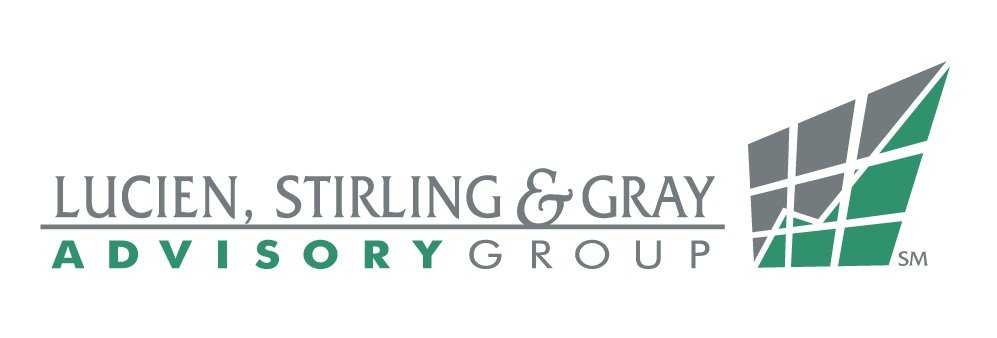Stewarding Social Wealth
By Thomas Twombly
Last month we introduced the idea of thinking about wealth as a multi-dimensional concept. We explored the idea that material wealth is just the tip of the iceberg for many people, and there is so much more beneath the surface. In my experiences, a lot of people can grasp this intuitively, but they often struggle with how best to think about the other dimensions, and then to give them attention. One of the problems is that precisely because material wealth is so easy to measure, count, and record, it claims an unfair portion of the attention. The solution is to name, define, and contemplate these other dimensions.
I hear constantly from people that the relationships in their life are a critical part of their overall wealth. It’s not surprising, therefore, that social scientists have found that people with a large number of personal connections tend to experience greater levels of happiness and fulfillment. It’s also worth noting that studies of disaster survivors – from Hurricane Katrina to the Japanese tsunami – have shown that those with the most robust social networks fared best in the recovery process. Clearly, social connections are critical to survival and prosperity. So, pause for a minute and think of all the ways you might define the notion of “social wealth.”
You may find that in your own life, social wealth and material wealth are interconnected. Before I illustrate this with one of my own experiences, I challenge you to pause and think of the people to whom you could turn, and who would really respond if you needed help. Think of the people for whom you would instantly put aside whatever you were doing if they needed your help. Think about why these connections are meaningful to you.
In April of 2008 I suffered a very serious soccer injury that did massive damage to my right knee. I was told I may never walk normally again. For the first time, I felt completely helpless and dependent on those around me. My leg was in traction and I was relocated to our home’s guest bedroom, where I spent many sleepless nights.
One night, I awoke to a deafening sound – like a construction crew was outside with hammers beating against the house. Glass window panes began to explode in the room and all I could do was cover my head with a pillow and hope it would end. The aftermath of what turned out to be a severe hail storm left twenty-six broken window panes on the west end of our house, eighteen of which were entirely blown out. And even in the early hours of the morning, in was creeping the unforgiving Texas springtime heat. All of central Austin was trying to repair hail damage, so every glass repair service in town was booked into the foreseeable future, and I was totally helpless to do anything. Then came a blessing. Without having to ask, a great friend showed up at the door with materials in hand to cover our broken windows. He said, “When I broke my leg, you were there for me.” I never viewed what I did for my friend during his injury as a debt to be paid, just as he didn’t view spending his morning on the ladder covering broken windows for me as a payback. In actuality, they were both investments.
In today’s climate, people have become a bit jaded when it comes to selfless acts of kindness. You may find yourself reluctantly accepting a gift from someone out of fear of participating in a quid pro quo. However, I challenge you to instead think of selfless acts of kindness as tool for building social wealth. Having my friend show up, unprompted, to repair my windows showed me the true value of my social wealth. No amount of material wealth could have gotten my windows repaired that day, but my social wealth did.
Just as there are philosophies and systems to manage the material side of your net worth statement, we believe it’s possible to have a philosophy and process for purposefully building, enjoying, and stewarding your social wealth. It requires thought, reflection, and action. People with high levels of social wealth generally don’t get there accidentally, and they certainly don’t stay there accidentally. They make intentional investments – of time, attention, talent, and often money ‐ into the people and social organizations that surround them. They surround themselves with people and organizations who value their trust, respect, and input.
It’s possible to build great social wealth without ever accumulating significant material possessions. Mother Teresa, The Dalai Lama, or Gandhi come to mind as a few of the significant influencers whose wealth and investments have been personal and spiritual as opposed to financial. It’s also possible to transform massive financial wealth into great and lasting social wealth – such as Andrew Carnegie, George Eastman, John D. Rockefeller, and other famous philanthropists whose gifts redefined their legacies, and continue to influence our culture to this day.
For most of us mortals, though, success is a matter of balance. We must steward our financial resources well in order to sustain ourselves, or to invest in our children’s or grandchildren’s future. We must also shepherd our personal and social resources well for the same purpose. We have to be conscious of the personal, social and financial legacy we wish to leave behind – and invest into each of these dimensions accordingly. Most importantly, we must integrate the management of these dimensions of wealth into one overarching plan.
Successful individuals and families engage in this type of reflection regularly. They also look for discerning advisors who understand them, and can help them align their financial wealth‐management activities with the softer, but equally important, activities of social and personal wealth‐management.

